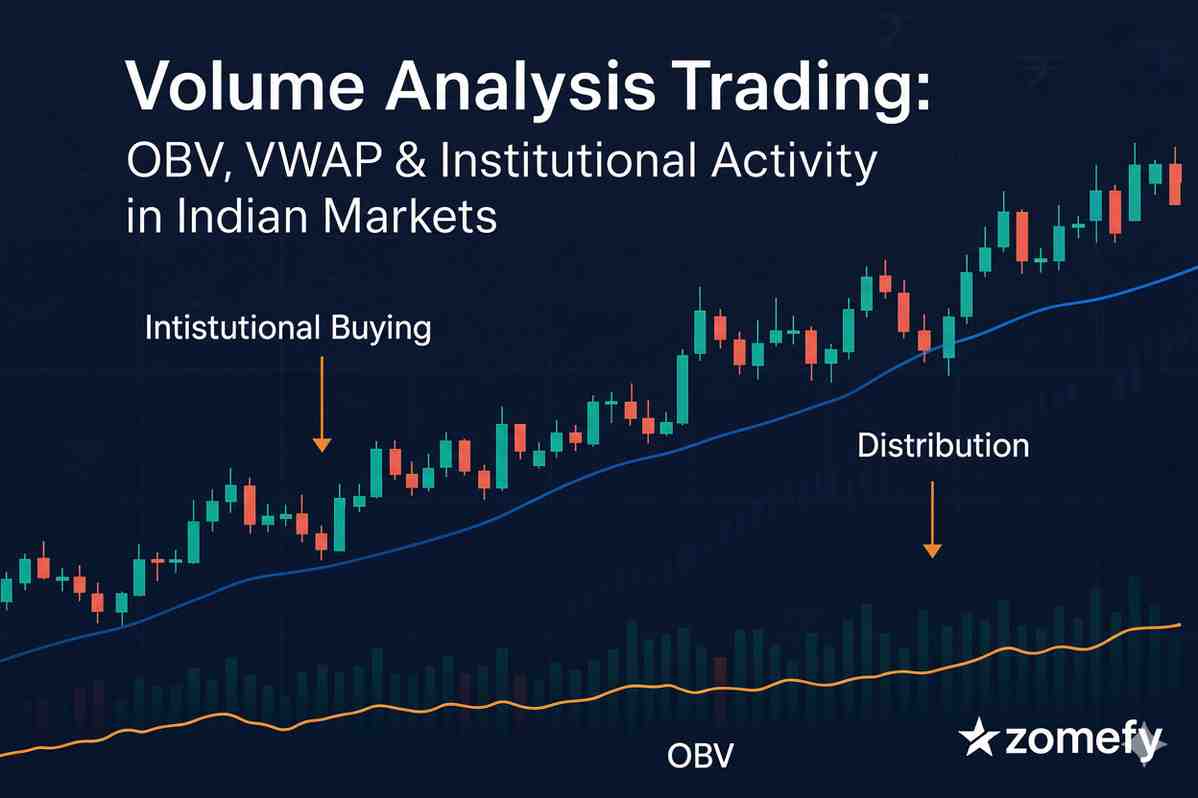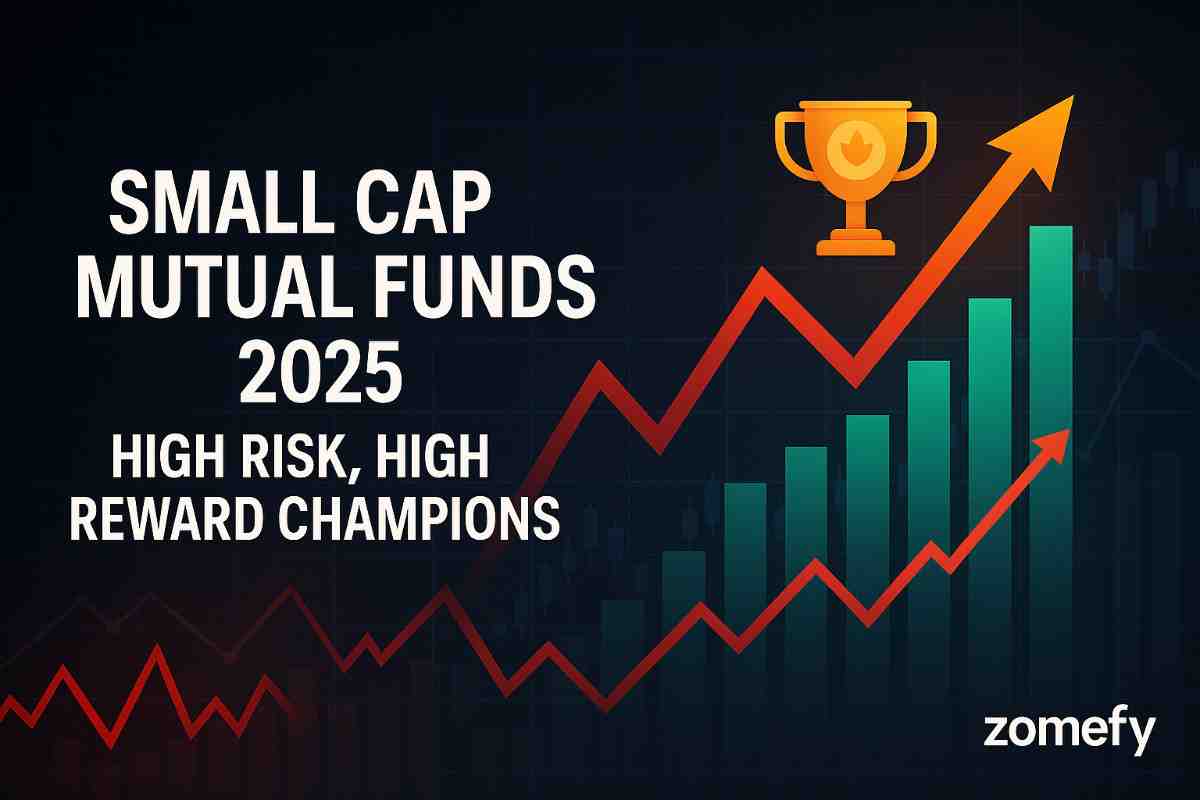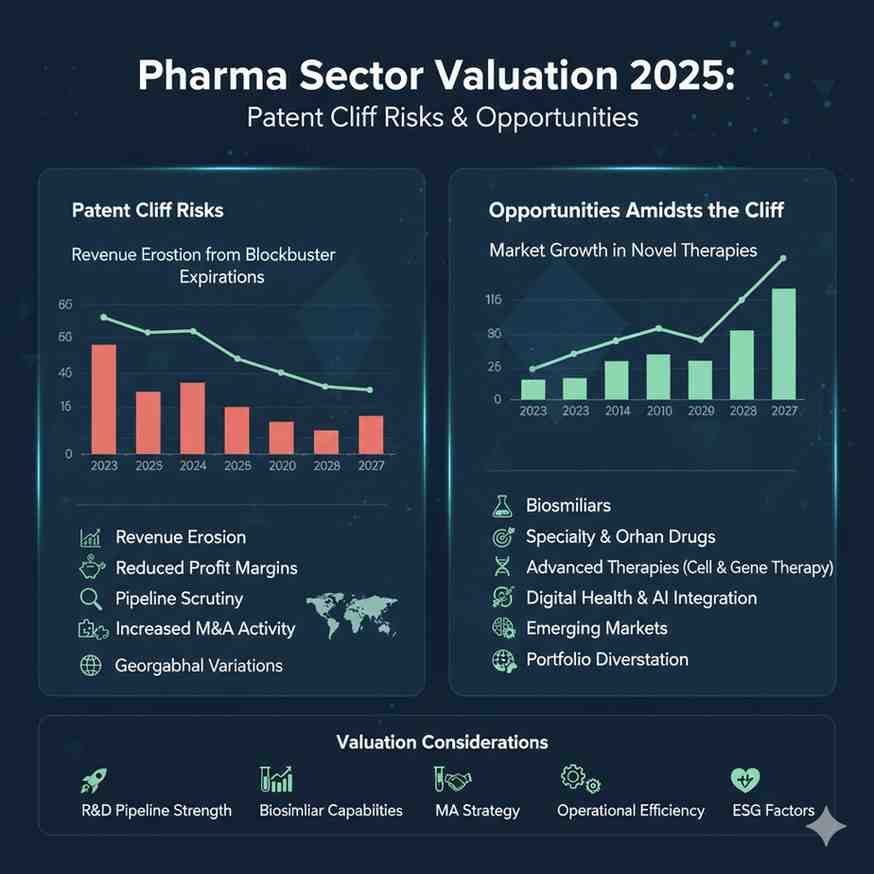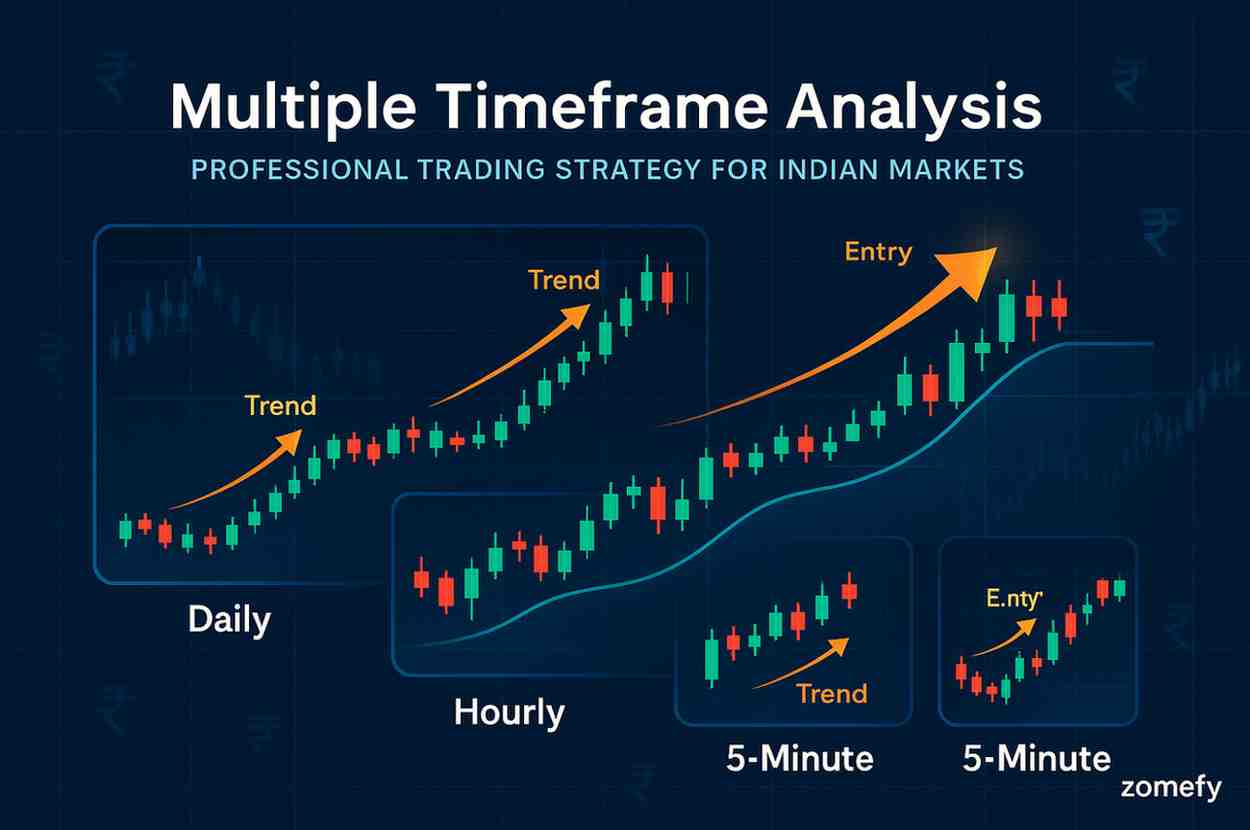Oil & Gas Sector Valuation: Integrated vs Pure-Play Analysis
Comprehensive oil & gas sector valuation analysis with integrated vs pure-play framework. Analyze Reliance, ONGC, Oil India, GAIL performance and investment opportunities in Indian oil & gas sector.
Oil & Gas Sector Valuation: Integrated vs Pure-Play Analysis
What You Can Do Next
- Read the full article for complete insights
- Save for later reference
- Share with others learning about this topic
Image not available
The Indian oil & gas sector is characterized by two distinct business models: integrated companies with end-to-end operations and pure-play companies focused on specific segments. As we enter 2025, understanding the integrated vs pure-play dynamics becomes crucial for investors. This comprehensive analysis examines the oil & gas sector's valuation metrics, business models, and investment opportunities.
Oil & Gas Sector Overview 2025
Sector Characteristics
2025 Growth Outlook
Integrated vs Pure-Play Analysis
Integrated Model
Pure-Play Model
Company-Specific Analysis
Reliance Industries - The Integrated Leader
ONGC - The Exploration Leader
Oil India - The Pure-Play Explorer
GAIL - The Gas Leader
Energy Transition Impact
Renewable Energy
Clean Fuels
Valuation Framework & Metrics
Valuation Metrics
Investment Framework
Investment Recommendations
Top Picks by Category
Risk Management
Conclusion
Frequently Asked Questions
What are the key differences between integrated and pure-play oil & gas companies?
Integrated companies have end-to-end operations from exploration to retail with diversified revenue streams and risk mitigation. Pure-play companies focus on specific segments like exploration, refining, or marketing with specialized expertise and operational efficiency. Both models have their advantages and challenges.
What are the key growth drivers for oil & gas sector in 2025?
Key growth drivers include energy transition towards renewable energy and clean fuels, infrastructure development and industrial demand, export opportunities for refined products, government support for energy security and transition, and investment in renewable energy infrastructure and clean technologies.
How to evaluate oil & gas sector companies for investment?
Evaluate companies based on energy transition strategy and execution, business model and diversification, financial health and cash flows, growth prospects and expansion plans, ESG practices and sustainability focus, and competitive advantages and market position. Consider both fundamental analysis and technical analysis for better decision making.
What are the key risks in oil & gas sector investments?
Key risks include energy transition challenges and disruption, volatile commodity prices and market cycles, regulatory changes and environmental compliance, competition and market share loss, and technology disruption and innovation risks. Diversification and risk management are crucial.
How to value oil & gas sector companies?
Use multiple valuation methods: P/E ratios (5-20x range), P/B ratios (0.5-3x range), EV/EBITDA (3-12x range), and DCF analysis considering energy transition impact. Consider energy transition strategy, business model diversification, and competitive advantages. Focus on companies with strong fundamentals and growth prospects.
Disclaimer: This analysis is for educational purposes only and should not be considered as investment advice. Past performance does not guarantee future results. Please consult with a qualified financial advisor before making investment decisions. Oil & gas sector investments are subject to market risks and energy transition challenges.
Continue Your Investment Journey
Discover more insights that match your interests

Volume Analysis Trading: OBV, VWAP & Institutional Activity in Indian Markets
Master volume analysis trading with OBV, VWAP, and institutional activity detection for Indian markets.

Small Cap Mutual Funds 2025: High Risk, High Reward Champions
Explore small cap mutual funds for 2025 with high risk, high reward analysis. Compare top performing small cap funds with growth potential and investment strategies.

Pharma Sector Valuation 2025: Patent Cliff Risks & Opportunities
Comprehensive pharma sector valuation analysis for 2025 with patent cliff risks and opportunities. Analyze Sun Pharma, Dr. Reddy's, Cipla, Lupin performance and investment opportunities in Indian pharma sector.

Multiple Timeframe Analysis: Professional Trading Strategy for Indian Markets
Master multiple timeframe analysis for professional trading in Indian markets. Learn top-down analysis and timeframe confluence.
Explore More Insights
Continue your financial education journey
